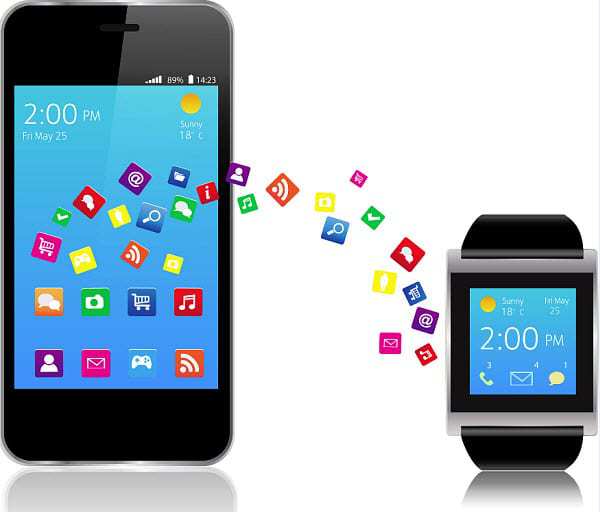There are already many gadgets on the market from smartwatches to the smart bra, but only some are actually selling.
In 2014, many were calling it the year of wearable technology, and while it did represent a time in which many, many new devices made their way onto market shelves, it was still quite rare to actually see the majority of them in everyday life.
Now, the next generation of mobile gadgets are starting to find their way onto the clothes and wrists of consumers.
A recent report has shown that in the United Kingdom, early estimates have suggested that consumers had spent £104.7 million on wearable technology. The Telegraph, a U.K. newspaper, has predicted that wearables will start becoming quite popular, this year, to the point of becoming mainstream, but that this is only the beginning. In fact, their article said that while Brits may still own smartphones five years from now, but that they “wouldn’t bet on it.”
This suggests that wearable technology could potentially be the next half decade’s defining tech.
 The report showed that there will be three primary trends in wearables that will strike this year. The first will be a considerable growth of smartwatches. This isn’t difficult to believe, particularly as Apple will be entering into this market with its Apple Watch at some point during the first quarter of 2015. There will very likely be a number of other high profile launches within the next short period of time.
The report showed that there will be three primary trends in wearables that will strike this year. The first will be a considerable growth of smartwatches. This isn’t difficult to believe, particularly as Apple will be entering into this market with its Apple Watch at some point during the first quarter of 2015. There will very likely be a number of other high profile launches within the next short period of time.
Gartner has also predicted that there is a great deal of potential for wearables in terms of smart clothing. Last year, it had nearly nothing in terms of sales, but that analyst expects that by the end of next year, it will have reached 26 million units.
The third trend for wearable technology will likely have to do with the workplace, as a number of industries – particularly healthcare, construction, and other similar workplaces that require a hands-free experience – start to take advantage of augmented reality headsets and other devices that don’t require the use of the hands and that can provide virtual simulations right before the wearer’s eyes.
